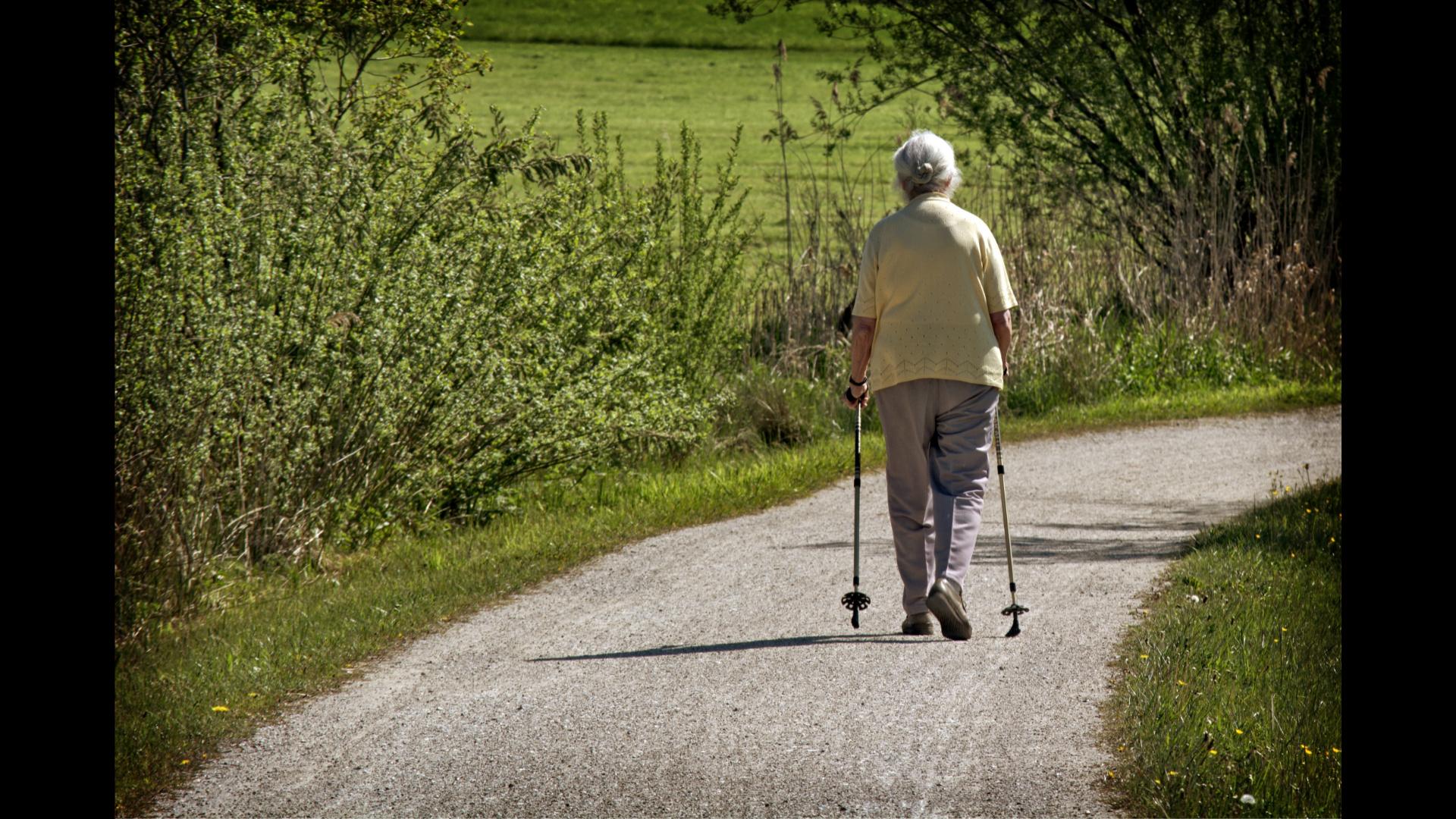What is Aging in Place?
Current healthy aging policy defines aging in place (AIP) as the process of continuing to live independently (to some degree) in our communities throughout old age. It emphasizes the avoidance of nursing home facilities. AIP allows older adults to stay connected to loved ones, maintain autonomy, and avoid the high costs of nursing homes.
Presently, many older adults own their homes, or nearly enough. This means the financial benefit of AIP may outweigh moving to a nursing facility. However, AIP isn’t simply about the house itself, but also the emotional attachment a person has to their environment. This may include a sense of belonging, cultural engagement, amenities, etc. Thus, AIP is the ability for a person to choose where they want to live and being supplied the resources to do so.
How to Plan for Aging in Place
Creating a concrete plan for AIP may prove difficult, as our needs may shift multiple times with age. It’s impossible to predict everything we may experience or need. However, we can create plans that enable us to deal with changes more easily as they arise.
Assess Accommodations
For homeowners, it’s beneficial to assess the house to determine its suitability. It may be necessary to widen doorways to accommodate wheelchairs or walkers. Some older people may struggle to climb stairs. In this case, adding a stair lift and outdoor ramps may be wise. People who use wheelchairs may have difficulty accessing cabinets or countertops. A contractor should be able to adjust them to a useable height.
For bathrooms, alterations can be made to the bathtub to make it more accessible. For smaller budgets, adding a safety bar and non-slip strips to the tub can prevent falls. Another affordable option is a transfer bench. People can sit on it and enter/exit the shower more safely. Higher cost modifications can be made, like replacing the bathtub with a walk-in shower or tub. This allows people to avoid stepping over the edge of the bathtub, lessening the chance of falling.
Flooring can be a tripping hazard, particularly carpet. Shaggy carpet and throw rugs may cause falls. They may also make it difficult to navigate with a walker or wheelchair. Smooth floors (hardwood, tile, etc.) are more suitable for assistive mobility devices. However, they are also more slippery than carpet. Replacing carpet with a less shaggy alternative and taping throw rags down can be helpful.
Sometimes, a home assessment may reveal that the house is no longer suitable. It may be too big to maintain or have multiple floors (thus harder to maneuver). People may need to downside; consideration of available housing and cost are necessary.
Consider Community
Neighborhoods that encourage AIP provide adequate resources and planning. This includes age-friendly activities and supports, like recreation and health care providers. Such communities will also include well-maintained sidewalks, accessible facilities, and good public transportation. It’s helpful to consider if our community meets our specific needs. Will it support us in remaining independent as we age?
Financial Planning
As mentioned, a large benefit of AIP is the financial savings. Financial planning is critical for all of us; older folks are no exception. We should educate ourselves on the income sources available to us. Consider retirement savings, pension, and government benefits. We should ask ourselves how much we need to maintain our desired standard of living. Ensuring that we have savings for unexpected emergencies can help prevent financial crisis.
Maintain Social Connectedness and Health
Social connection helps prevent cognitive decline in older adults. It also facilitates health-seeking behavior, like getting regular cancer screenings. Generally, it also encourages us to explore our community more. We should think about how we like to stay connected. Whether we want to meet a friend for tea, join a social group or volunteer, we should consider the necessary resources to stay engaged.
Like most people, older adults benefit from physical activity and wellness measures. We should consider how we’ll remain active. Will we go on walks? Join an exercise class? Do yoga? We should also try to eat well. Eating habits change over time; we may not get the nutrients we require. Consulting a doctor or dietician can keep us on track. Further, we should consistently take our medication, regularly see our doctor, and maintain our mental health.
Maintain Safety and Security Aside from feeling safe in our homes and communities, we need to be proactive about preventing fraud and financial abuse. The rapid growth of technology has increased the potential for scams. It’s imperative we educate ourselves, so we can avoid falling victim to fraud. Also, we should be aware of the signs of elder abuse. This can be financial, sexual, emotional, or psychological. 1 in 10 people 60+ have experienced elder abuse. It leaves people vulnerable and may hinder AIP. We may not be able to control the future. There’s no guarantee that we’ll be able to age in place. But we can take measures to increase the likelihood of doing so. if AIP is our goal, we can begin planning decades in advance. So, let’s consider what’s to come, and give ourselves the best chance at living the life we choose.
Sources
https://academic.oup.com/gerontologist/article/52/3/357/580905
https://www.nia.nih.gov/health/aging-place-growing-older-home
https://www.assistedliving.org/home-modifications-for-seniors-aging-in-place/
https://greatergood.berkeley.edu/article/item/how_social_connections_keep_seniors_healthy

